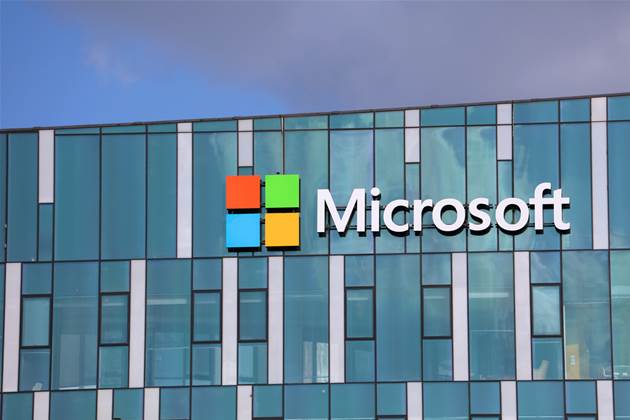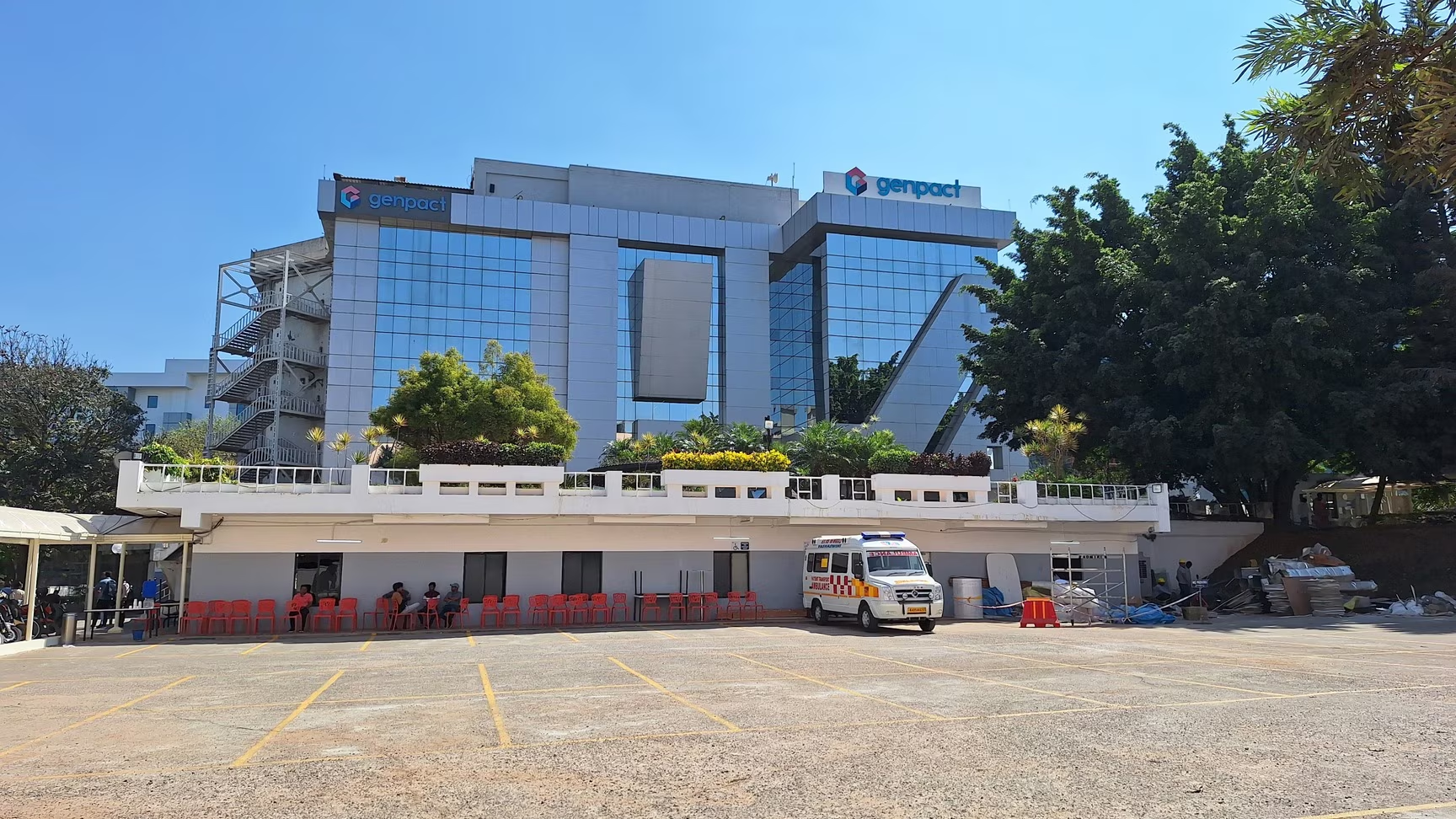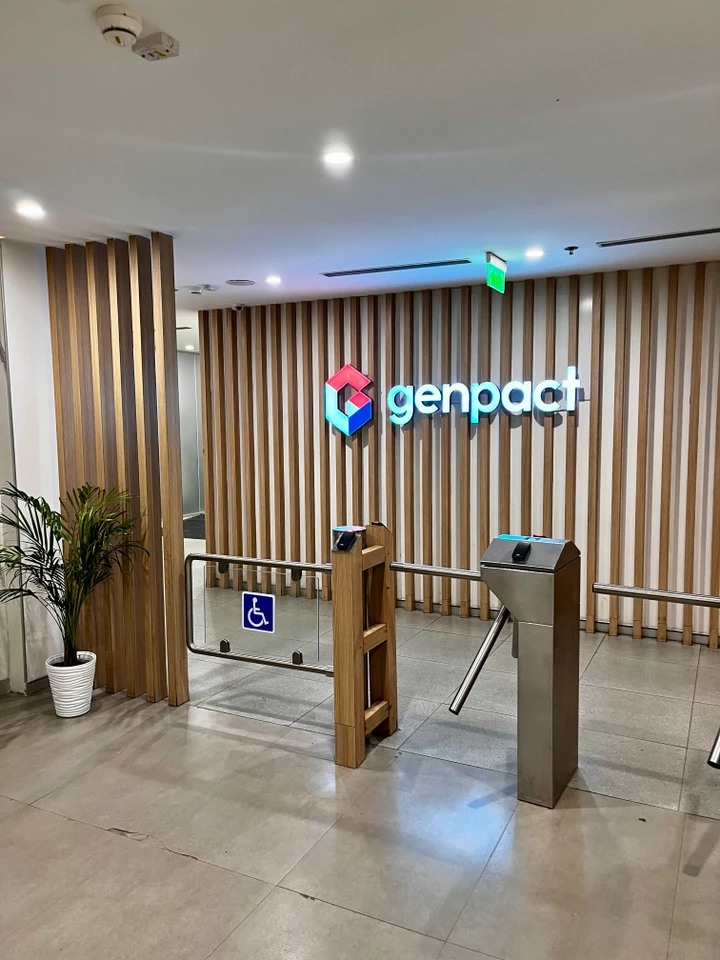When choosing a home internet plan, the type of connection available at your address makes a significant difference. It impacts your internet speed, consistency, and monthly bill. While fiber-optic internet remains the ideal choice for speed and reliability, it’s not available everywhere. As of mid-2025, less than half of households in the U.S. can access fiber.
In this guide, we’ll walk you through the various internet technologies—fiber, cable, DSL, satellite, fixed wireless, and 5G—and help you understand how each one works, what speeds you can expect, and which might be best suited for your needs.
🥇 Fiber Internet: The Fastest but Least Available
Fiber-optic internet is at the top of the list thanks to its blazing-fast speeds and rock-solid reliability. It uses light signals transmitted through thin glass or plastic fibers to deliver data at near-instant speeds. Download rates can exceed 1Gbps, and some providers even offer 5Gbps to 50Gbps plans.
What makes fiber stand out is its symmetrical speeds—upload and download rates are typically the same. This is vital for video conferencing, cloud storage, uploading content, or working from home.
-
Average speeds: 300Mbps to 5,000Mbps
-
Typical pricing: ₹3,300–₹8,300 ($40–$100) per month
-
Limitation: Only about 48% of U.S. households have access
Popular Providers: AT&T Fiber, Google Fiber, Verizon Fios, Frontier Fiber, Ziply Fiber, Metronet
🥈 Cable Internet: Widely Available and Decently Fast
Cable internet is delivered via coaxial cables, the same lines used for cable TV. It’s the second-best option for many users because of its broad availability—over 80% of homes in the U.S. can connect to it.
While cable doesn’t offer the same upload speeds as fiber, it can still provide gigabit-level downloads, which is sufficient for most homes. However, during peak times, you may experience slower speeds due to shared bandwidth.
-
Average speeds: 100Mbps to 1,000Mbps
-
Pricing: ₹2,500–₹4,200 ($30–$50+)
-
Limitation: Slower uploads and potential for network congestion
Popular Providers: Comcast Xfinity, Spectrum, Cox, Optimum, WOW!, Astound
📶 5G Home Internet: Affordable, Wireless, and Growing Fast
Using 5G cellular signals, this service delivers wireless internet to your home via a router that captures those mobile signals. While not as consistent or fast as fiber or cable, 5G home internet has become increasingly popular thanks to its convenience and lower cost.
Speeds can vary based on location and signal strength, but in areas with strong infrastructure, users can see speeds over 400Mbps.
-
Average speeds: 100Mbps to 500Mbps
-
Pricing: ₹3,300–₹5,800 ($40–$70/month)
-
Limitation: Performance may fluctuate based on signal quality
Popular Providers: T-Mobile Home Internet, Verizon 5G, AT&T Internet Air
🌐 Fixed Wireless: Good for Rural Areas, But Signal Matters
Fixed wireless works similarly to 5G but requires a receiver on your home with a clear line of sight to a nearby tower. It’s traditionally used in rural regions but is expanding into urban settings through providers that beam high-speed internet to multi-unit buildings.
While it’s more stable than mobile-based connections, speeds are highly dependent on terrain and distance from the tower.
-
Average speeds: 10Mbps to 100Mbps
-
Pricing: ₹3,300–₹4,200 ($40–$50/month)
-
Limitation: Signal obstructions (trees, hills) may disrupt service
Popular Providers: Rise Broadband, Starry Internet, Google Fiber Webpass, Etheric
🧓 DSL: Outdated but Still an Option
Digital Subscriber Line (DSL) uses traditional telephone lines to deliver internet. It’s much faster than dial-up but slower than most modern alternatives. DSL is often the only choice in some rural areas.
Because DSL technology is older, speeds are limited and highly variable depending on the provider and your proximity to their equipment.
-
Average speeds: 5Mbps to 100Mbps
-
Pricing: ₹3,300–₹4,600 ($40–$55/month)
-
Limitation: Slower speeds and limited future upgrades
Popular Providers: CenturyLink, Frontier, Windstream, Verizon
🛰️ Satellite Internet: Accessible Anywhere, But at a Price
Satellite internet is available almost everywhere—especially useful in remote locations. It works by communicating with satellites orbiting the Earth, but this comes with trade-offs like high latency and steep costs.
New players like Starlink are pushing satellite tech forward with better speeds and lower latency, but the service is still expensive.
-
Average speeds: 20Mbps to 220Mbps
-
Pricing: ₹8,300–₹16,600 ($100–$200/month)
-
Limitation: High latency, data caps, costly equipment
Popular Providers: Starlink, HughesNet, Viasat
🧠 Choosing the Right Internet for Your Needs
To decide the best option, ask yourself:
-
How many people use the internet at home?
-
Do you stream, game, or work remotely?
-
Is speed or cost more important?
-
What options are available at your exact location?
If you need symmetrical high speeds, fiber is ideal—if available. Cable is a reliable alternative, especially for media streaming. For those on a budget or in rural areas, 5G, fixed wireless, or DSL might be the best fit.
Summary Table
| Connection Type | Speed | Availability | Best For |
|---|---|---|---|
| Fiber | 300Mbps – 5Gbps | Limited | Work from home, gaming, uploads |
| Cable | 100Mbps – 1Gbps | Widespread | Streaming, large households |
| 5G Home | 100 – 500Mbps | Growing | Urban users on a budget |
| Fixed Wireless | 10 – 100Mbps | Expanding | Rural or suburban homes |
| DSL | 5 – 100Mbps | Broad | Basic use in rural areas |
| Satellite | 20 – 220Mbps | Nationwide | Remote areas with no other options |








